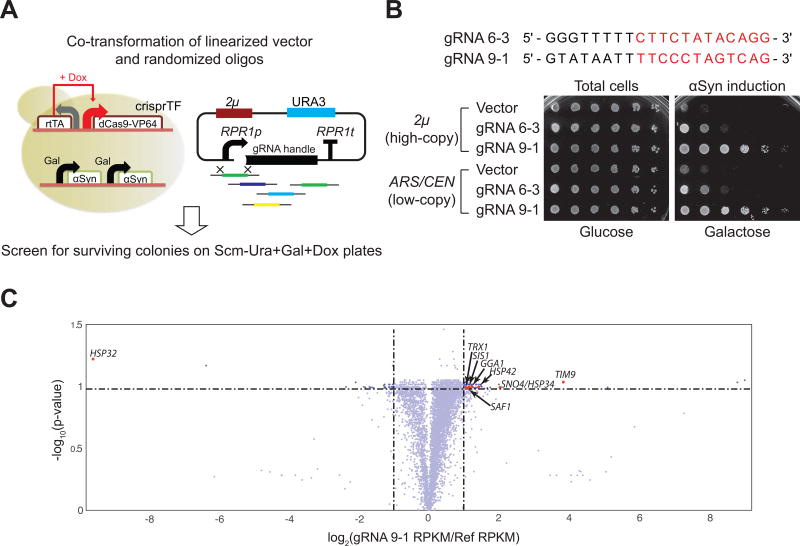Figure 1. Randomized gRNA/crisprTF screens identify genetic modifiers of αSyn toxicity in S. cerevisiae.
(A) Schematic illustration of the engineered yeast screen strain expressing αSyn and crisprTF (left) and the strategy used for building the randomized gRNA library (right). See Methods section and Figures S1–S2 for details. (B) Sequences of the two identified gRNAs (designated as gRNA 6-3 and 9-1) that could suppress αSyn-mediated toxicity. 5-fold serial dilutions of saturated cultures were spotted on Scm (Synthetic complete media)−Uracil (Ura)+Glucose+Doxycycline (Dox) plates to quantify the total number of viable cells and Scm−Ura+Galactose (Gal)+Dox plates to score cell viability upon αSyn induction. gRNA 9-1 is a strong suppressor of αSyn toxicity while gRNA 6-3 is a moderate suppressor. Both gRNAs performed better than the negative control (empty vector), and suppression levels were independent of gRNA plasmid copy number. See also Figure S1. (C) The transcriptome analysis of the screen strain harboring gRNA 9-1 in comparison with the reference strain (screen strain with no gRNA) represented as a volcano plot (x-axis: fold change versus y-axis: statistical significance). A list of differentially expressed genes is provided in Table S2.

